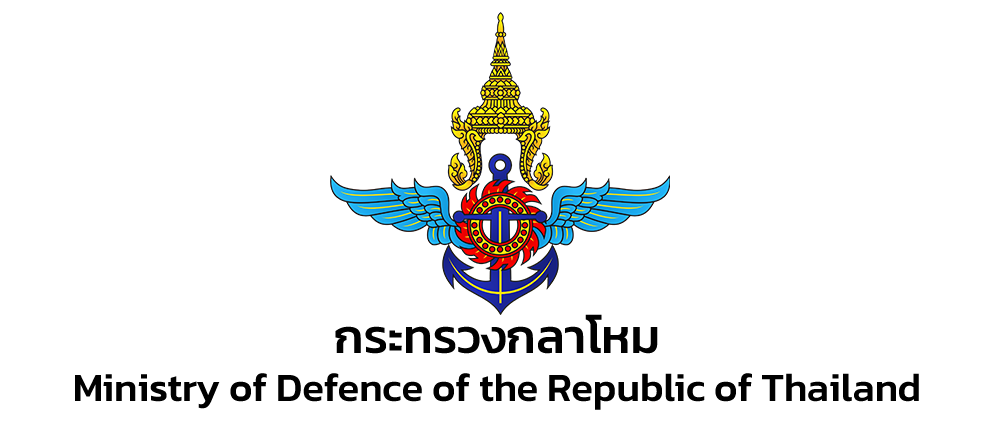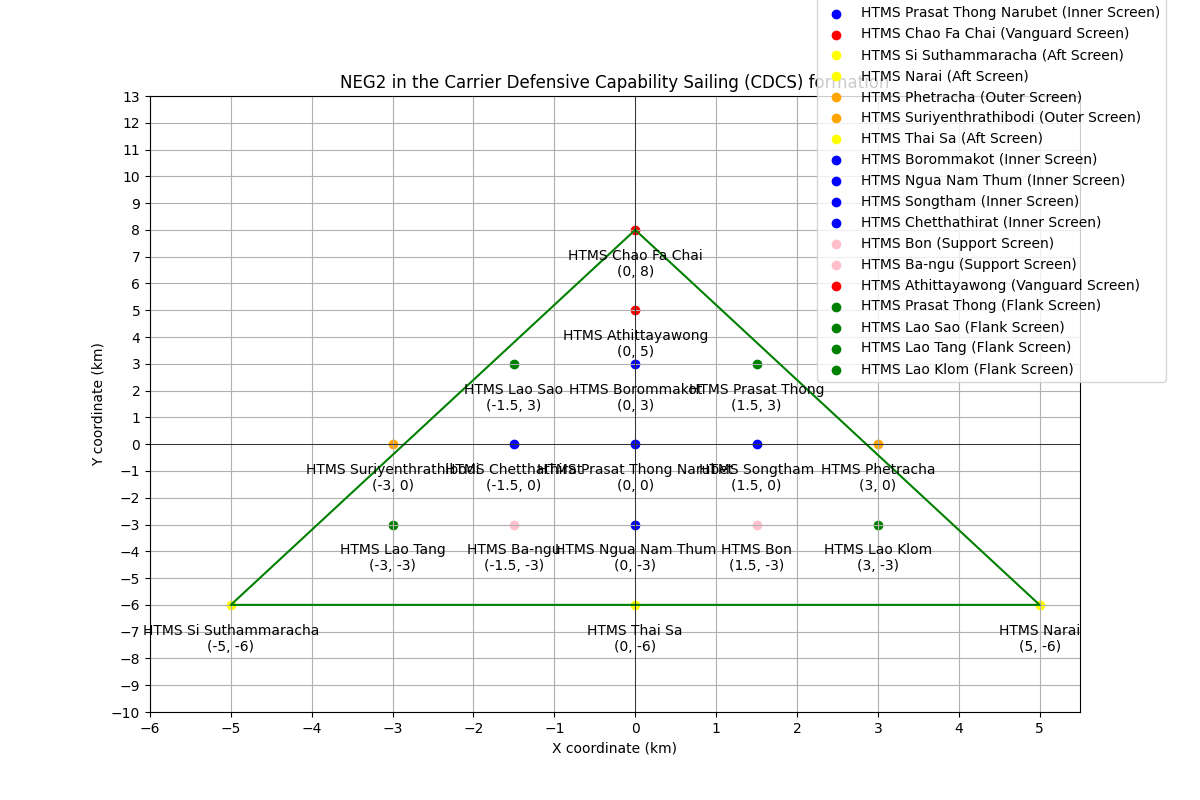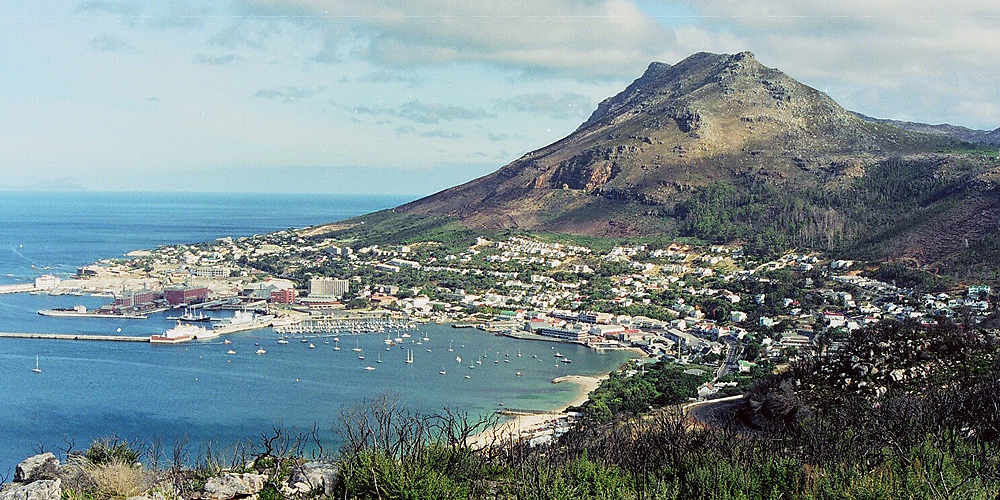- May 4, 2021
- 2,373

Title: Mission Exponential - Operation Seafaring III
Document Number: RTAF-SEAFA-MEXPO-001/2003
Classification: Semi-Confidential | Secret
Security Level: NSST Protocol + Traditional Maximum Secure Encrypted Method
Date: September 9, 2003
XI. IntroductionX
Background and Objective
The recent Canadian declaration of war has proven to be a hinder to the Thai Economy. France, as Thailand foremost economic partner, is directly under Thailand's list of important nation. To ensure that the Thai Economy would not be inadvertently harmed by the Canadian aggression, the Republic Thai Navy has ordered the deployment of third carrier strike group.
XII. Command and ControlX
2.1 Guidance
This operation is conducted under the guidance of the Defense Minister, Sutin Klungsang, and approval from Prime Minister Thaksin Shinawatra.
XIII. Operational ForcesX
Republic Thai Navy First Fleet
- Naval Expeditionary Group One (NEG3)
- [15] Naresuan-class Frigate
- 2,250 Crews
- HTMS Prasat Thong
- HTMS Chao Fa Chai
- HTMS Si Suthammaracha
- HTMS Narai
- HTMS Phetracha
- HTMS Suriyenthrathibodi
- HTMS Thai Sa
- HTMS Borommakot
- HTMS Ngua Nam Thum
- HTMS Songtham
- HTMS Chetthathirat
- HTMS Athittayawong
- HTMS Lao Sao
- HTMS Lao Tang
- HTMS Lao Klom
- 2,250 Crews
- [1] Chakri Narubet-class light aircraft carrier
- 1,076 Crews
- HTMS Prasat Thong Narubet
- 1,076 Crews
- RTNAF Squadron 504
- [12] Kamov Ka-50
- 120 Crews
- [8] Eurocopter EC725
- 80 Crews
- [12] Kamov Ka-50
- [15] Naresuan-class Frigate
- Logistic Support Squadron Three (LSS3)
- [2] Similan-class Replenishment Tankers
- 314 Crews
- HTMS Bon
- HTMS Ba-ngu
- 314 Crews
- [2] Similan-class Replenishment Tankers
XIV. ExecutionX
4.1 Initial Deployment
All personnel will be reported to the respective base with all necessary equipment per the Defense Ministry documents.
4.2 Communication
Effective communication among all the units must be maintained. Any unidentified or suspicious activity must be reported to the command center immediately.
4.3 Rules of Engagement
Engagement will be per the established Rule of Engagement (ROE) with the application of Increased Vigilance (IVG) and international laws. The use of force must be proportionate, and only used in self-defense or to deter identified threats after all non-lethal methods have been exhausted. They would never enter any country's territorial water
4.4 Support
Logistic support, including fuel, supplies, and maintenance, will be provided by the respective naval bases.
XV. CoordinationX
5.1 Inter-agency
Liaise with maritime agencies such as the Navy, Coast Guard, and Air Force to ensure maximum coverage and sharing of intelligence.
5.2 International
In case any foreign vessels or units are involved, contact must be established with the respective embassies or consulates and the situation must be reported to the Ministry of Foreign Affairs.
XVI. ConclusionX
The Defense Ministry has mobilized all necessary resources for the deployment of Operation Seafaring III, specifically Mission Exponential. The Defense Ministry expects that its contribution will represent Thailand's role as a world leader dedicated to peace, stability, and cooperation.
[Signature]
Sutin Klungsang
Defence Minister
[Signature]
Thaksin Shinawatra
Prime Minister, Republic of Thailand
Document Clearance:
The Office of the Prime Minister
The Ministry of Foreign Affairs
The National Intelligence Agency
The Republic Thai Air Force Command Center
The Republic Thai Navy Command Center
The Republic Thai Armed Forces Special Warfare & Operation Command
Distribution List:
The Office of the Prime Minister
The Ministry of Foreign Affairs
The National Intelligence Agency
The Republic Thai Air Force Command Center
The Republic Thai Navy Command Center
The Republic Thai Police
The Republic Armed Forces Headquarters
The Republic Thai Air Defense Command
The Naval Special Warfare Command
The Air Force Security Force Command




